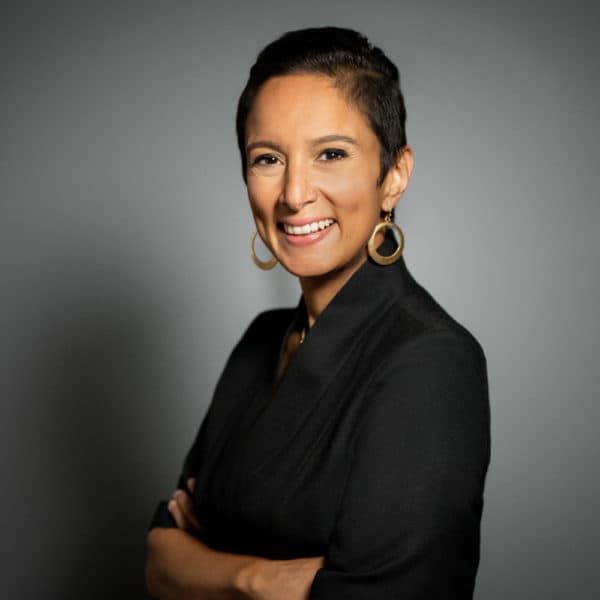Advertisement
Boston researcher says impact of MBTA Communities zoning requirement are overstated
ResumeThe state's highest court will hear a lawsuit brought by Attorney General Andrea Campbell against the town of Milton for refusing to comply with a law meant to entice developers to build badly needed housing along MBTA corridors.
Other towns and cities in Massachusetts are also pushing back against the requirement.
Meanwhile, housing advocates say it's a crucial step toward increasing development.
But Luc Schuster, executive director of the Boston Indicators Research Center at the Boston Foundation, argues everyone is making a bigger deal out of the law than is warranted. He joined WBUR's Morning Edition host Rupa Shenoy to explain why.
Highlights from this interview have been lightly edited for clarity.
Interview Highlights
On why Campbell and advocates for the law think it's important to implement:
"We've done a bunch of research over the last several years around the regional housing shortage. One of the main drivers has been the fact that very small cities and towns had almost complete autonomy to adopt local zoning codes. And what's happened over time is they've adopted more and more restrictive rules for what sorts of housing can get built.
"So in the vast majority of all land area in Greater Boston, it's literally against the law to build anything other than a large single family home. The state has stepped up a couple years ago, creating this MBTA Communities Law — which is a step, I think, absolutely in the right direction — which creates some minimum baseline expectation that all communities with transit access provide a neighborhood zone that allows for at least some modest multifamily housing."
On whether the law achieves its goal of combatting the housing crisis:
"The way the law is written, it only applies to a very small percentage of land area in any given city or town. And then even in that small zone, it doesn't require large skyscrapers or apartment buildings. It just requires some modest — what's called missing middle density, things like triple deckers, small three-, four-, five-story apartment buildings in some cases, but not more than that. But I think long term, we're going to need much more than that.
"I've done some back of the envelope math on how much housing this law might produce, and my very rough guess is that in five or 10 years, the law might generate, 20,000 [to] 30,000 units of new housing, but the best estimates for how much we need region-wide to actually reduce rents and make housing significantly more accessible suggest we need hundreds of thousands of units over five or 10 years."
On why the law is garnering such strong reaction:
"In one sense, people are just far more small-c conservative than we often appreciate. Even in a liberal state like Massachusetts, change is something that can make people nervous. And so I think part of what we're seeing is just anxiety about change.
"On the side of folks who are really supportive of [the] MBTA communities [law], I think it's been frustrating for decades to see the state not act to address our regional housing shortage, and it's been genuinely exciting to see a new law get passed that's going to require some regional action. And if we sort of overstate how much we can expect from this one law, I'm worried it's going to make it hard for pro-housing advocates in five or 10 years to successfully push for the range of other housing reforms that we're going to need to really solve the crisis."
On how other metropolitan areas have handled this:
"The state of California has done upzoning statewide, allowing for two-family developments on every plot of land, effectively eliminating single-family exclusive zoning. There's a bunch of other metro regions, not just in the United States, but across North America, that just have far greater housing density near their commuter rail transit nodes. So in greater Washington, D.C. into northern Virginia, you get these really dynamic mixed-use neighborhoods right around the sort of half-mile of a transit node.
"Toronto's another great example where, in recent years, they've developed significant housing density and mixed-use dynamism, and that's really helped moderate housing costs in those areas. But the density levels that are required in MBTA communities are far lower."
On what he'd say to people who are worried about preserving character in their communities:
"This law only applies, for the vast majority of communities, to less than 1% of the developable land. So even full compliance in all 177 MBTA communities, I think, in practice, would lead to very little noticeable change to any character in our communities."
This segment aired on March 22, 2024.

